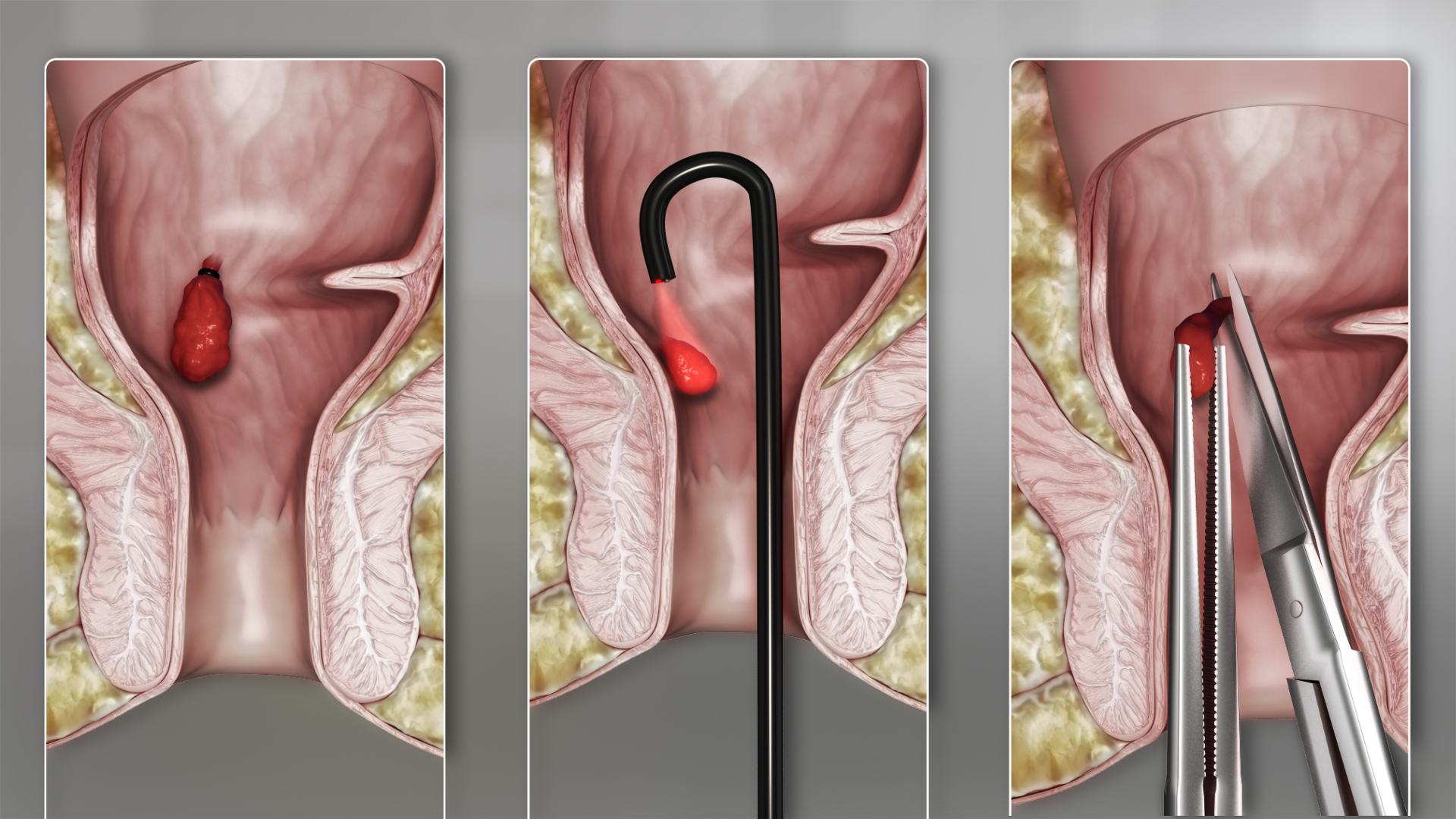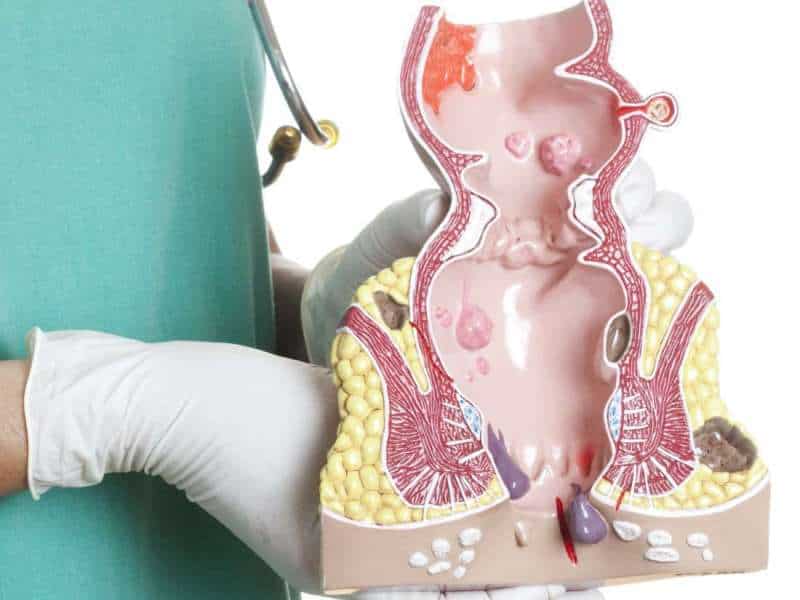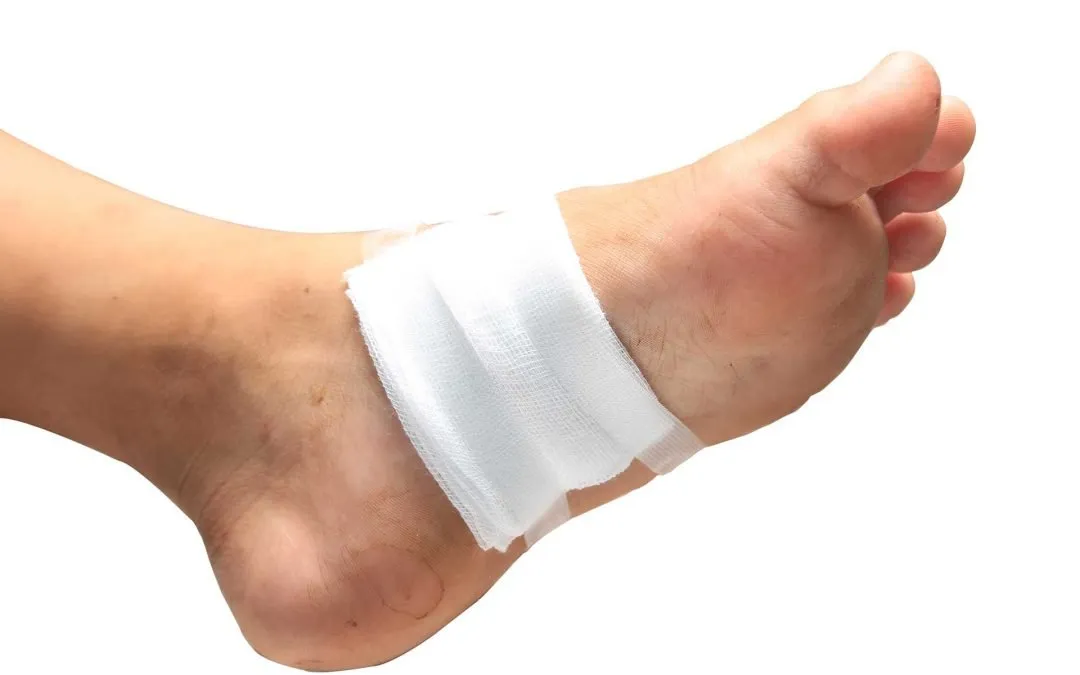Diabetic foot ulcers (DFUs) are one of the most common and serious complications in diabetic patients. Not only do they impact mobility and daily life, but if left untreated, they can cause infections and even lead to amputations. It is very important to find diabetic foot ulcer treatment near you, so as not to avoid timely recovery and complications. Because of our focus on Tier 3, Expert Care with practical-fusion advancements, we are able to provide patients with tips and expert advice on how to manage DFUs effectively.
Understanding Diabetic Foot Ulcers
Diabetic foot ulcer: wounds or open sores that develop on the feet, especially on the bottom or toes. These sores occur as a result of a number of contributing factors, such as poor blood circulation and nerve damage (neuropathy) combined with long-term high blood sugar. Foot health is extremely important to people with diabetes because even the smallest cut or blister can grow into a problematic ulcer if they go unnoticed.
Symptoms to watch for include:
Ulcers Most chronic wounds or sores that have not healed
Area around the wound feels hot, looks red or swollen
Foul-smelling discharge or pus
Pain or numbness in the foot
Skin discoloration or blackened tissue
Cutting-edge Diabetic Foot Ulcer Treatments in Your Area
When looking for diabetic foot ulcer treatment near me, you need to select a clinic that provides the best combination of advanced treatments and compassionate care. Effective treatment options include:
Wound Care and Debridement
Debridement of dead or infected tissue is an important part of the healing process. Experienced wound care specialists wash the ulcer, lower risk of infection, and use complex dressings to protect it.
Infection Management
Bacterial infections which caused the infection are treated with antibiotics. For infections that are really severe we give targeted IV antibiotics to prevent any complications.
Offloading and Pressure Relief
Eliminate pressure on the ulcer. If it does, however, orthopedic shoes or custom insoles and other specialized shoe types can help to prevent further damage while supporting healing.
Advanced Dressing Technologies
Contemporary dressings such as hydrocolloids, foam dressings and antimicrobial gels maintain a moist wound environment. These work to hydrate and moisturize, decrease the risk of infection and speed healing.
Surgical and Revascularization Procedures
In rare cases, surgery to remove infected tissue or improve blood flow may be required. The circulation can be BMJ VOLUME 316 25 MAY 1999 www.bmj.com re-established and healing promoted by interventional procedures carried out by vascular specialists.
Hyperbaric Oxygen Therapy (HBOT)
HBOT is a treatment in which pure oxygen is breathed inside a pressurized chamber. This therapy enhances the amount of oxygen delivered to tissues which helps heal chronic wounds faster.
How To Recover If You Are Diabetic Foot Ulcer Patient
A Diabetic Foot Ulcer – Healing not just by the best treatment, but also with lifestyle changes and daily attention! Here’s what experts recommend for recovery:
Daily Foot Check: Examine your feet every day for cuts, blisters, or new signs of infection.
Manage Blood Sugar: Control blood sugar to encourage healing.
Wash and Moisturize: Gently wash feet, dry them and moisturize to avoid cracking.
No Barefoot Walks: Don a pair of comfortable, well-fitted shoes to save yourself from foot injuries.
Further Treatment To Re-Evaluate Response: Frequent visits to your doctor to check on progress and re-adjust treatment.
Why Gini Health for Diabetic Foot Ulcer Specialists?
At Gini Health, we provide:
Availability of wound specialist resources
Advanced diagnostic and treatment options
Individualized treatment plans that address your unique condition
Ongoing guidance on prevention and recovery
Most diabetic foot ulcers can be managed effectively to reduce morbidity and improve quality of life.
Conclusion
The right diabetic foot ulcer treatment near you can make a world of difference in recovery. With diligent care, management and early-foot education, patients can return to a life of mobility, despite T2DM. Don’t delay – early intervention can mean the difference between resolving the problem with minimal consequences and developing anything ranging from a serious illness to life-threatening complications. Gini Health can help you with professional insights and complete DFU management.







